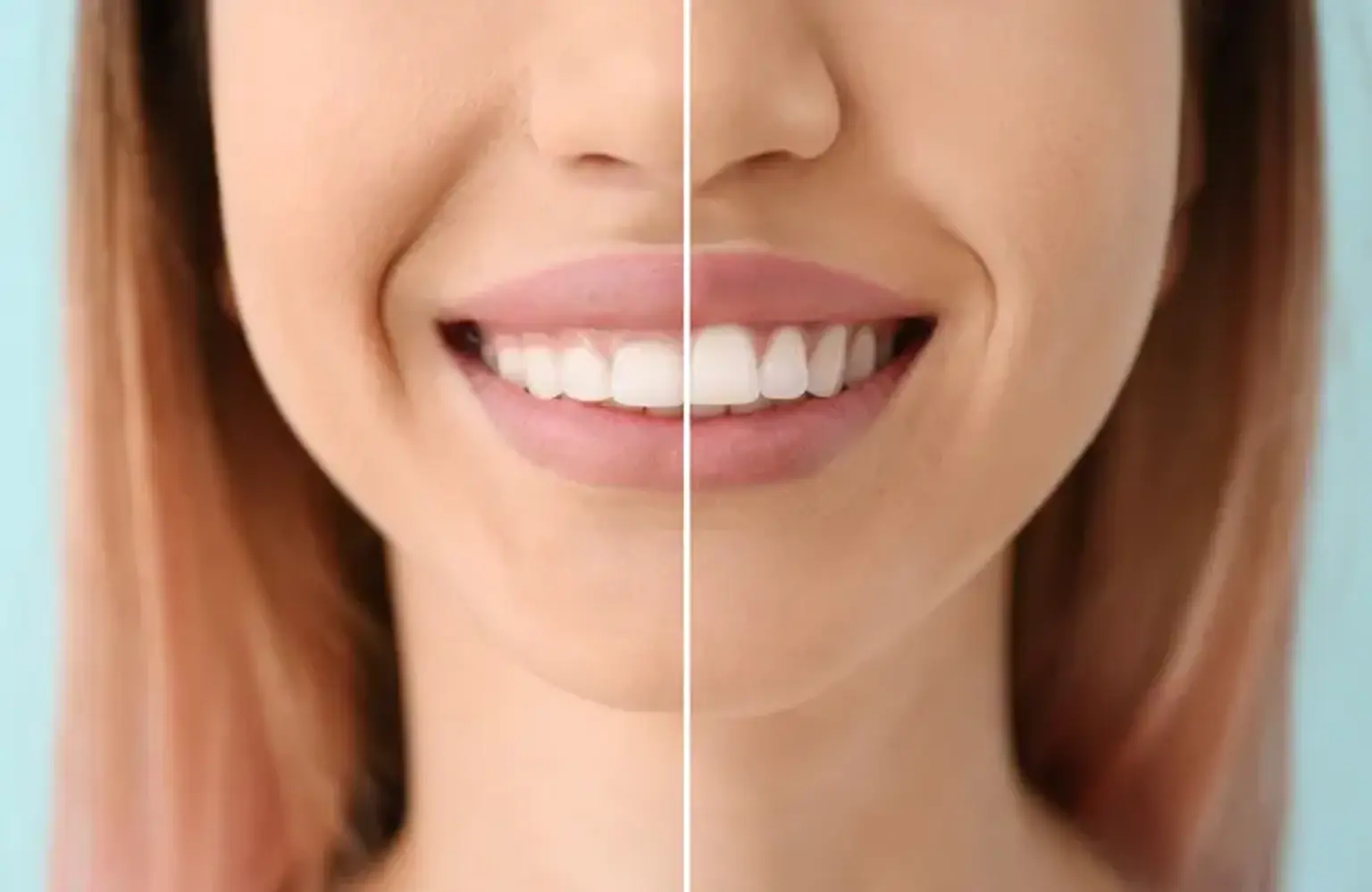Gingivectomy
Overview
Periodontal disease affects about 47.2 % of Americans over the age of 30. (also known as gum disease). Gingivectomy can be used to treat periodontal disease or to treat a gum issue involving the structures around the teeth. It is one of a few treatments that can aid in the treatment of periodontal disease. Continue reading to discover more about the operation, how it is performed, and whether it is a viable treatment option for restoring the health of your smile and gums.
